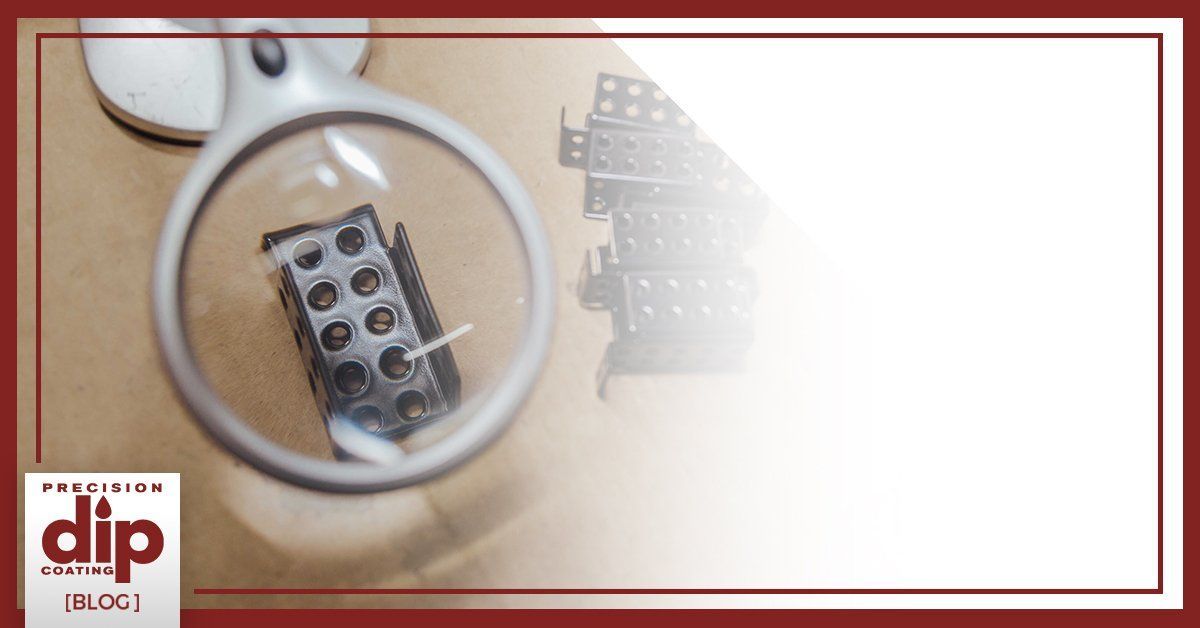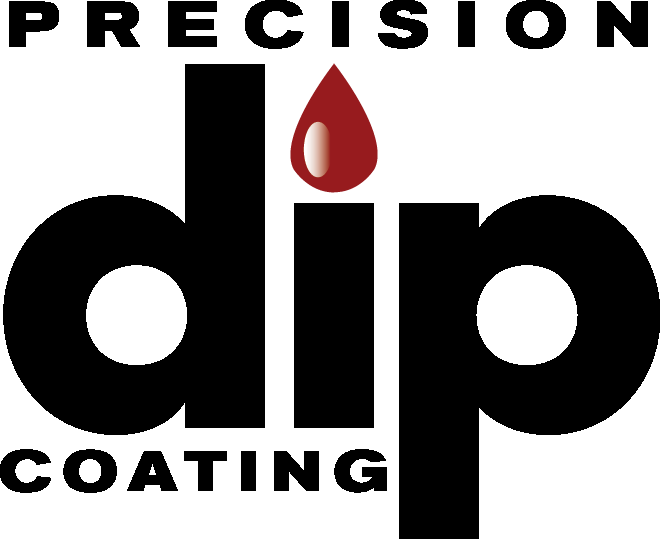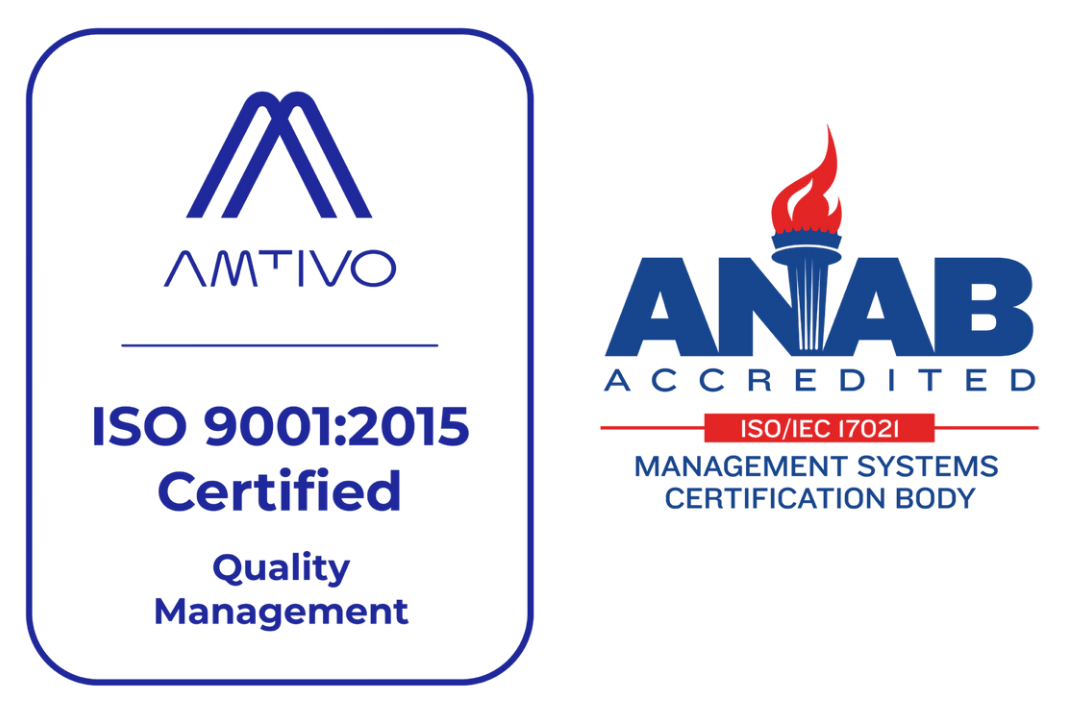Dielectric Coating and How It Insulates Parts and Components

A dielectric coating is one providing electrical insulation, as well as offering safety and reliability for electrical components and the tools used in working with electrical systems.
What Is Dielectric Coating?
Coatings in various thicknesses can be applied to parts as films or powder coatings applied by spray or fluidized bed. While plastics are naturally very poor conductors of electricity, additional features of many plastic formulations, such as durability and resistance to moisture and chemicals make them especially suitable as dielectric coatings. The abrasion and corrosion resistance of materials such as nylon, vinyl, and epoxy add additional protection and resilience, while plastisol combines those features with a thicker, more grippable feel for applications which benefit from it.
How Is Electricity Conducted?
Nearly all of us are aware that plastic can protect people, parts, and components from unwanted contact with electrical current, but how does that work? First, consider that materials such as metal, wood, and plastic, are made up of a combination of particles, some of which are locked into position and others which move around freely. Those which move around freely can, in the presence of electric voltage, travel toward the positive end of the charge, conducting the electricity as they travel. Good electrical conductors, such as metal, have many more of these freely moving particles than do poor conductors such as plastics.
How Does Dielectric Coating Insulate Parts?
Dielectric coatings work by preventing the charged, moving particles from traveling further, like a fence corralling them to stay safely in the conductive material. Adding such barriers with plastic coatings can enhance worker safety by adding protective layers to tools for working with electricity, particularly in high-voltage environments. It can also protect wires, parts, and components from coming into unwanted contact and triggering short circuits and other electrical issues.
At Precision Dip Coating, we have decades of experience with dielectric insulation coatings and countless other plastic coating applications.
Contact us today for more information on our services and capabilities.







